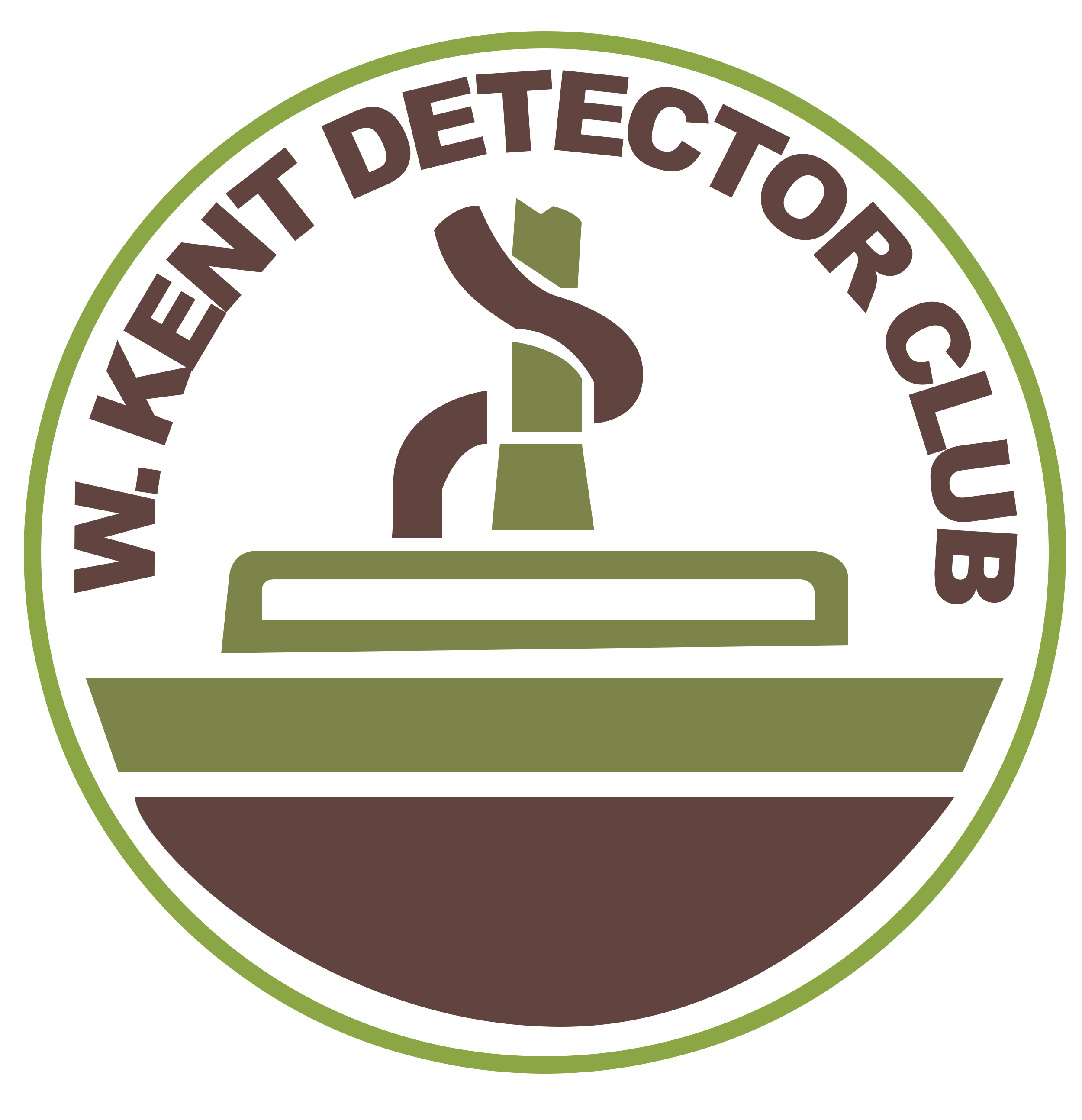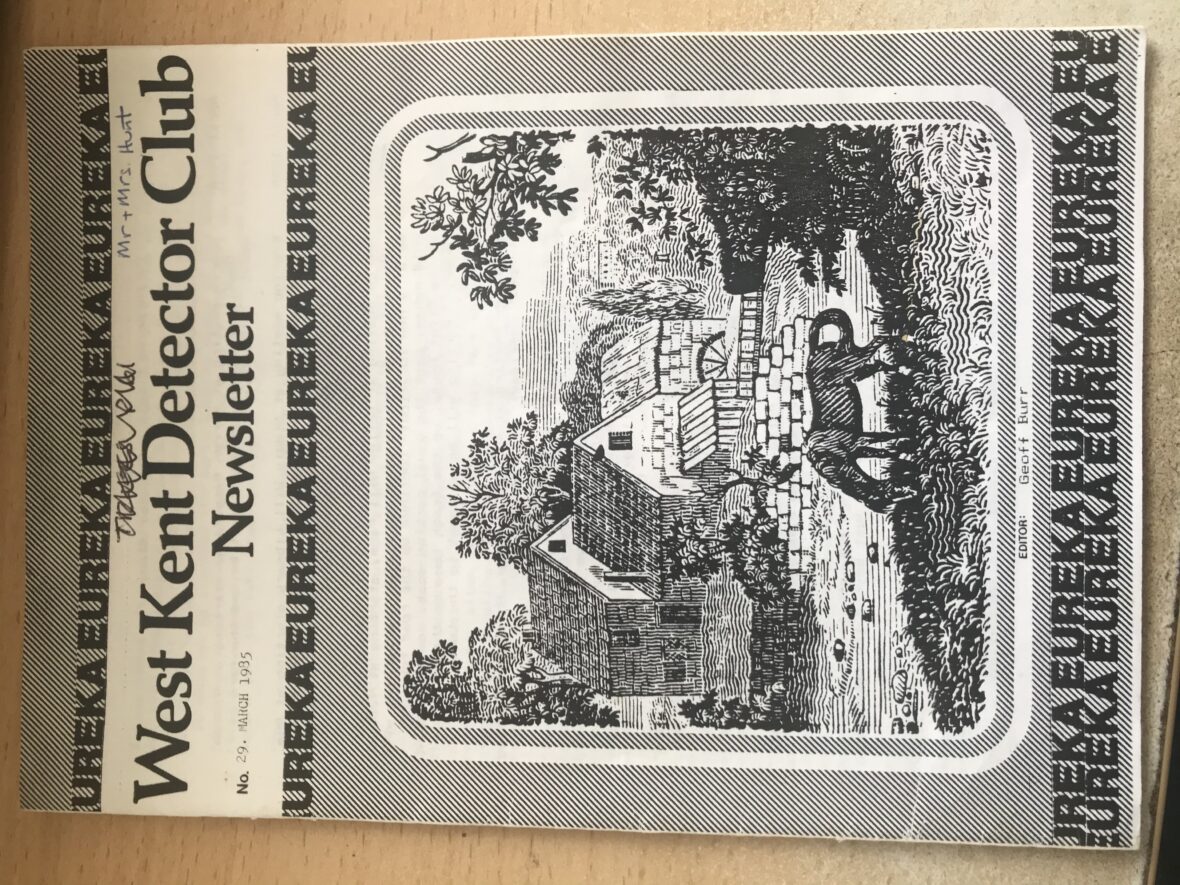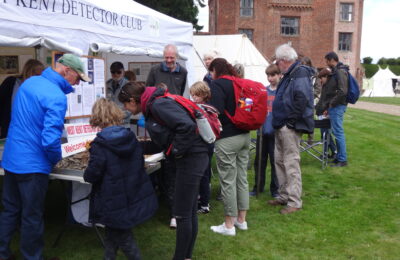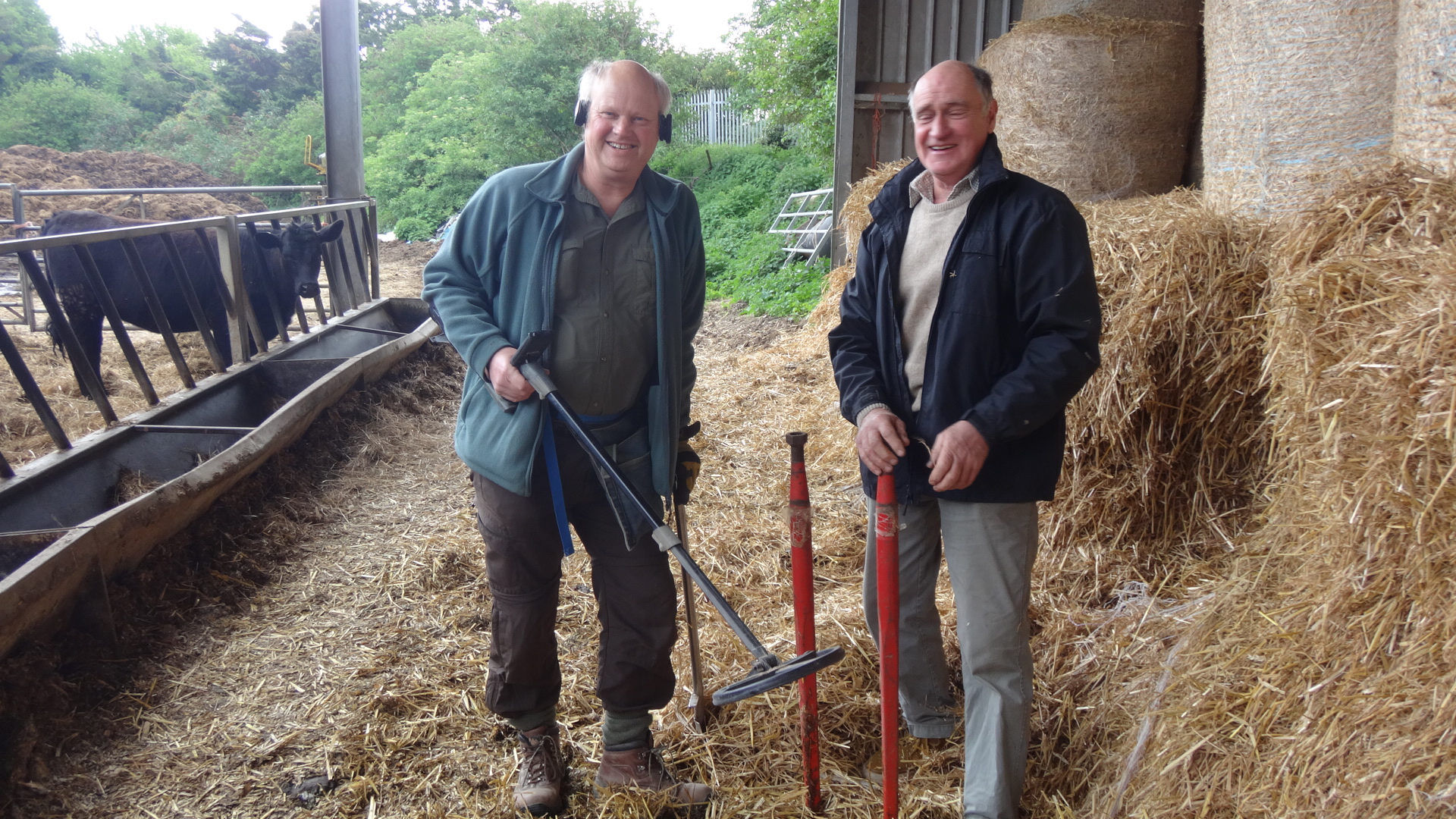Detecting related ie: ancient monuments.
This from Eureka March 1983.
“How the media led Ian up the garden path.
Britain’s best laugh last week was provided by Ian Gray, headteacher of Harwood Primary School, Fulham. National and local press and even television news carried the story of Mr Gray and his planning permission parsnips.
For the past 16 years Ian has had an allotment in the grounds of nearby Fulham Palace, where he raises a healthy crop of leeks, carrots and parsnips. But Fulham Palace is an ancient monument and, a few weeks ago, the Department of the Environment sent Mr Gray the kind of letter that only a Government department could write.
It said that his vegetables were breaking the law, because nothing may go deeper than eight inches below the surface of an ancient monument- not even a carrot. But to dig his vegetables up again Ian would need Scheduled Monument consent forms – not just a single piece of paper, but a separate form for each.
This is the stuff of which Ealing comedies are made, and Britain’s media rose to the occasion. ‘Whitehall Stops leeks’ chortled the West London Observer; ‘Parsnips put the head in a pickle’, tittered the Standard; even the Times allowed itself a certain levity with ‘Historical ground lies at the root of the problem.’
But the winner was ITV’s Thames at Six, which showed Ian solemnly planting completed forms in the soil to let his parsnips know it was safe for them to come up.
When Contact called on Ian last week he looked like a man who wanted nothing more than a nice quiet day in his garden. ‘I wish I’d kept my big mouth shut’ he groaned.’
(I hope the worms were aware of the law. Joe)
This from November 1991 (Some things never change.)
“Where not to search on recoveries.
A gentleman approached us at a ploughing match saying he had lost a signet ring in his back garden some years ago and would we like to look for it sometime?
Lesley and I duly went along on the Monday and were directed to a small vegetable patch where he said he had lost it while digging in some compost. The area was covered with beans, beetroots etc and we spent some time trying to squeeze the search coil in between the growing crops without causing too much damage, but without finding the ring.
We suggested that it might be better to return when the crops had been gathered. He agreed but then said that perhaps it might have been lost elsewhere. We searched the rest of the borders and lawn – finding a few old pennies and his father’s penknife rusted beyond recall.
He then suggested that it could be in the narrow grass strip between the driveway concrete. We searched there – again without success.
Lesley asked if it might be in the front garden? The owner said, rather doubtfully, that it might be so Lesley started searching around the shrubs and over the lawn and got a not very positive signal which turned out to be the lost ring!
From a vegetable patch in the back where he said it was lost it turned out to be in the front garden!
It was the old problem that they tell you they lost where they were when they found they hadn’t got it any more.”
(Been there, done that. Joe.)
The following is not from the archives but something I discovered recently about church lychgates.
Their original purpose in medieval times was a place of shelter for the body prior to burial. It was common for the cadaver to be merely wrapped in a shroud and it would be watched over until being buried.
Lych is an old English word – possibly from Latin – for body.
Chairman Joe.





